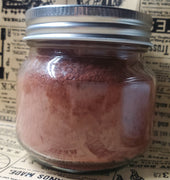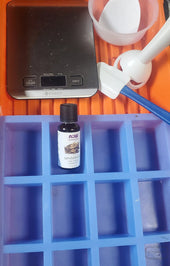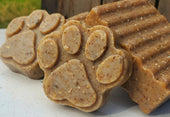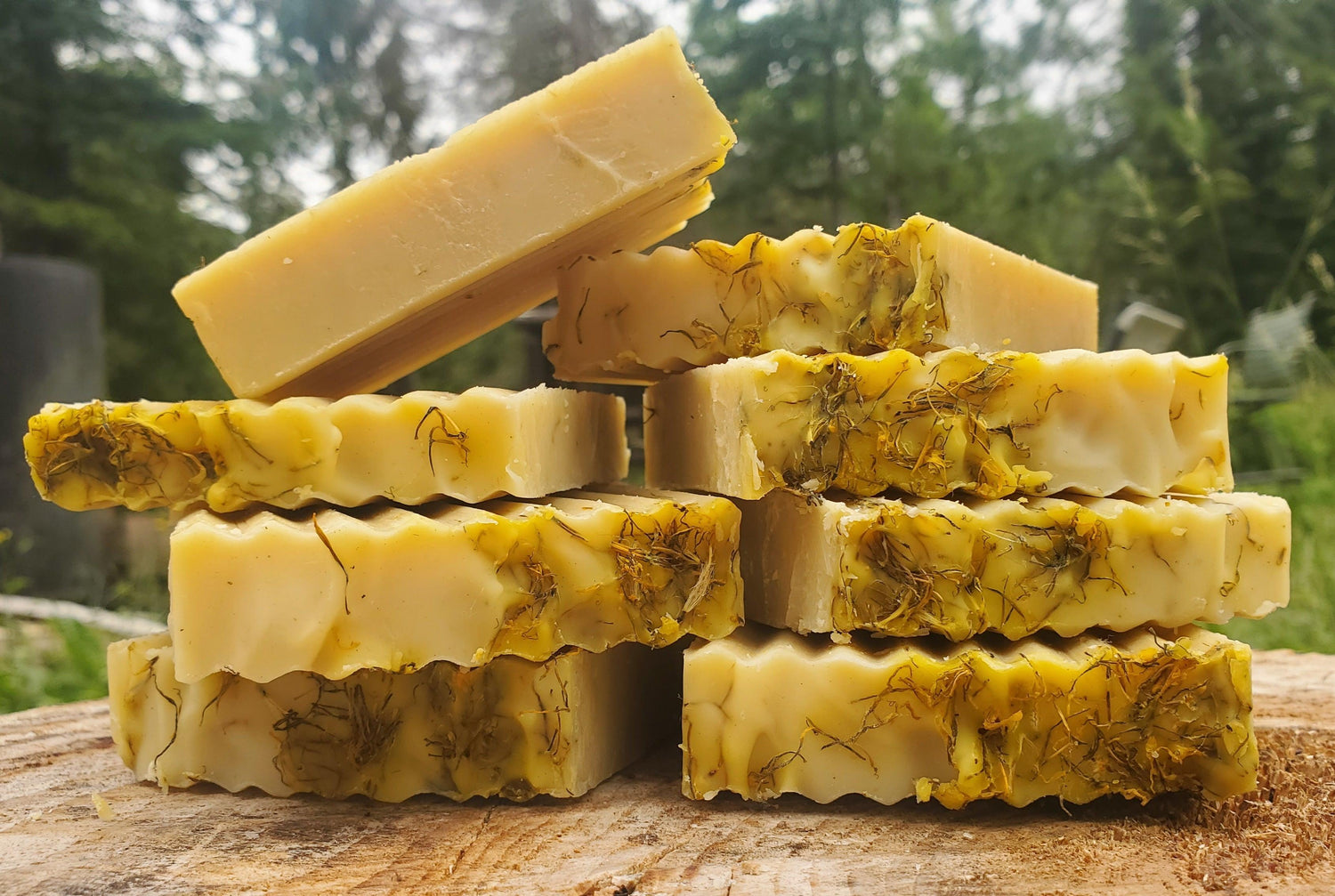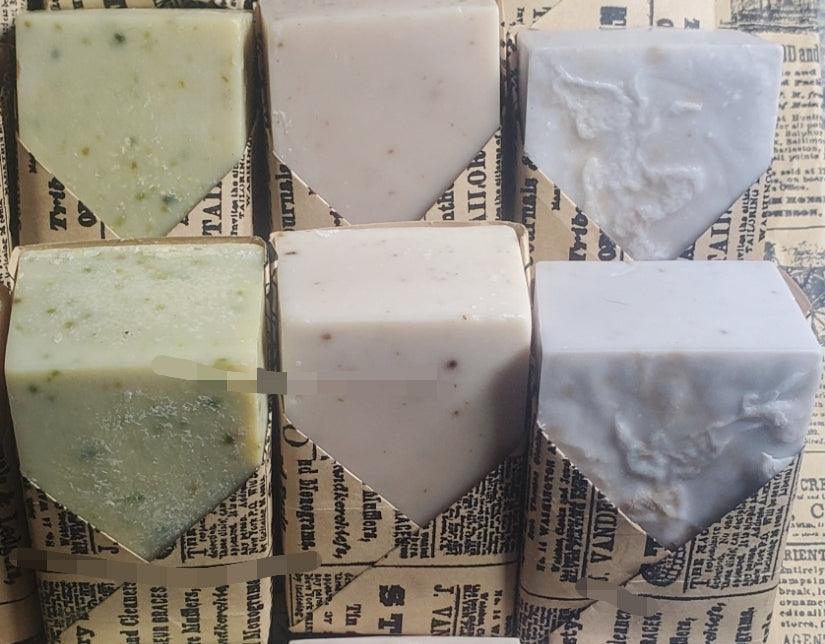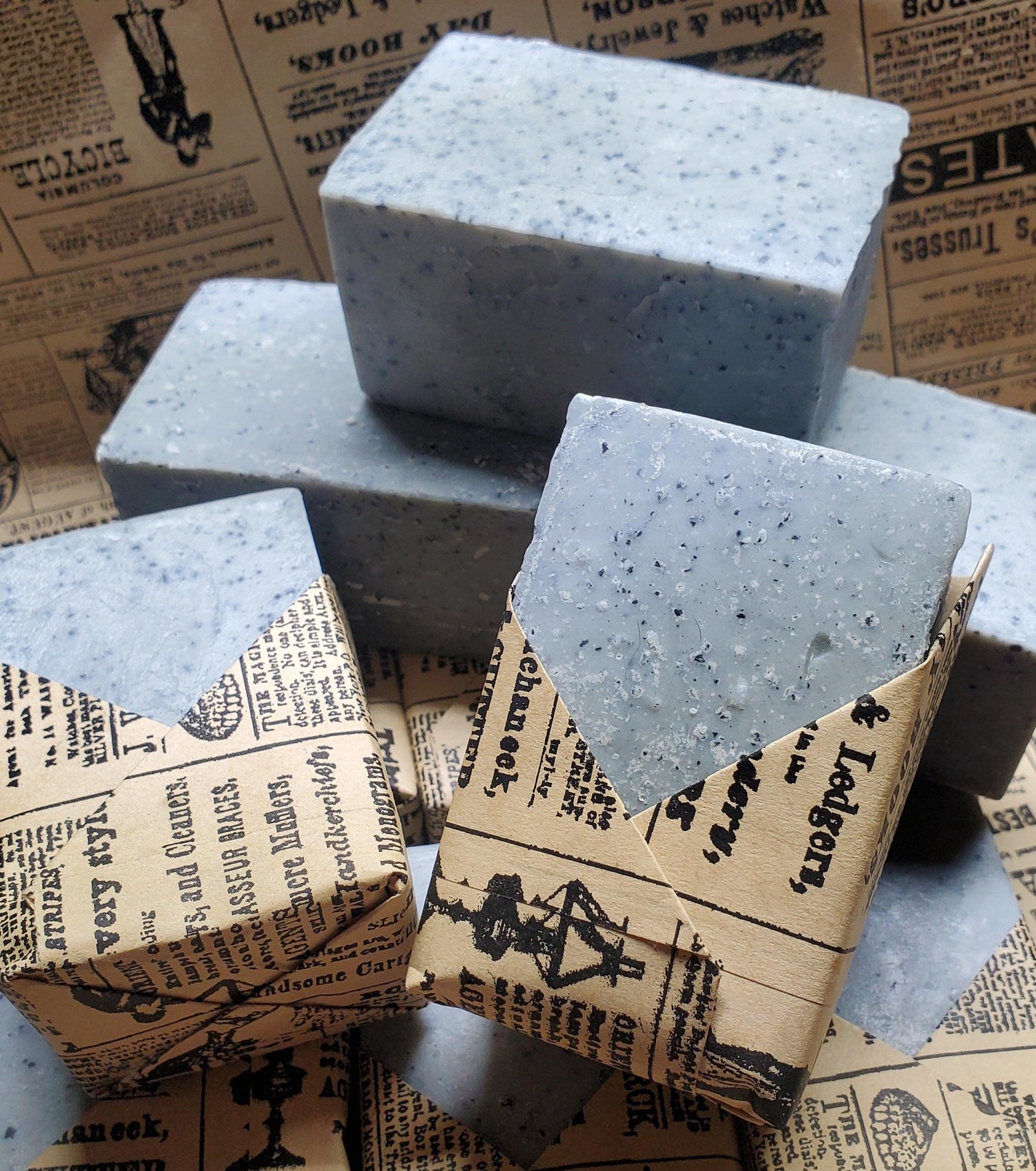
Beyond Botanicals: The Amazing Luffa
The Amazing Luffa Gourd: From Sponge to Soap
The luffa, also spelled loofah, is more than just a natural bath sponge. This fascinating gourd, a member of the Cucurbitaceae family (the same family as cucumbers and squash), boasts a rich history and diverse uses that span centuries and cultures. Let's delve into the world of the luffa, exploring its origins and its journey from garden vine to useful household item.
A History Steeped in Suds:
Luffas are believed to have originated in tropical Asia, with evidence suggesting their cultivation in regions like India, China, and Japan for centuries. While the exact timeline is debated, historical texts and archaeological finds point to the luffa's long association with human civilization. It's thought that luffas were spread through trade routes and human migration, eventually making their way to other parts of the world.
Beyond the Bath: Diverse Applications:
While we most commonly associate luffas with exfoliating bath sponges, their uses extend far beyond the shower. In their immature stage, luffa gourds are edible and are used in various cuisines around the world. They can be prepared like squash or okra, adding a mild flavor and slightly firm texture to dishes.
Once the gourd matures and dries, the skin is removed, revealing the fibrous interior. This fibrous structure is what gives the luffa its unique texture and makes it so useful. Beyond bath time, mature luffas have been traditionally used for many applications.
The sturdy fibers make luffas excellent for scrubbing pots and pans, and cleaning surfaces.
In some cultures, luffas have been used for filtering water.
The unique texture of the luffa makes it a popular material for crafting projects.
Historically, luffas have been used as stuffing for pillows and mattresses.
Luffas and Soapmaking:
Luffas have found a natural place in modern soapmaking. The inclusion of luffa slices or pieces in soap bars provides gentle exfoliation, helping to remove dead skin cells and leave skin feeling smooth. The luffa's natural fibers create a pleasant texture within the soap, enhancing the cleansing experience. When embedding a luffa in soap, it is important to ensure the luffa is clean and free from any seeds or debris.
Sustainability and the Luffa:
In an era where sustainability is paramount, the luffa gourd shines as a natural and eco-friendly alternative to synthetic sponges and scrubbers. Here's why the luffa is a sustainable choice.
Luffas are grown from seeds, making them a renewable resource that can be cultivated repeatedly.
Unlike plastic sponges that can take hundreds of years to decompose, luffas are completely biodegradable. Once their useful life is over, they can be composted, returning valuable nutrients to the soil.
By choosing luffas over synthetic sponges, you're reducing the amount of plastic waste that ends up in landfills and oceans.
Luffas are a natural product that doesn't require harsh chemicals or manufacturing processes, making them a gentler option for both you and the environment.
Growing Your Own Luffa:
If you're interested in trying your hand at growing luffas, they require a long growing season and warm temperatures. They are vining plants, so provide them with a trellis or other support to climb. Harvest the gourds when they are mature and allow them to dry completely before removing the skin and seeds.
The luffa gourd, with its rich history and diverse applications, is a testament to the ingenuity of utilizing natural resources. From its culinary uses to its role as a natural sponge and its incorporation into handcrafted soaps, the luffa continues to be a valuable and versatile plant.
Thanks for Reading! -- The Lazy Dairy Maid
Author: Lazy Dairy Maid --
Sharing a daily routine with these animals and nurturing the land has instilled a deep appreciation for natural ingredients and time-honored traditions, like bread baking, cheesemaking, and the art of cold process soap production.
Read More Here-- Meet the Maker: Lazy Dairy Maid
Side Note: This blog post focuses on the process of making cold process soap. It does not delve into the specific properties of any soap itself, as those would fall under the purview of the FDA as cosmetics or drugs.
This blog post aims to inform it's readers about saponification, highlighting the care and craftsmanship involved in creating this natural and luxurious product, cold process soap.





